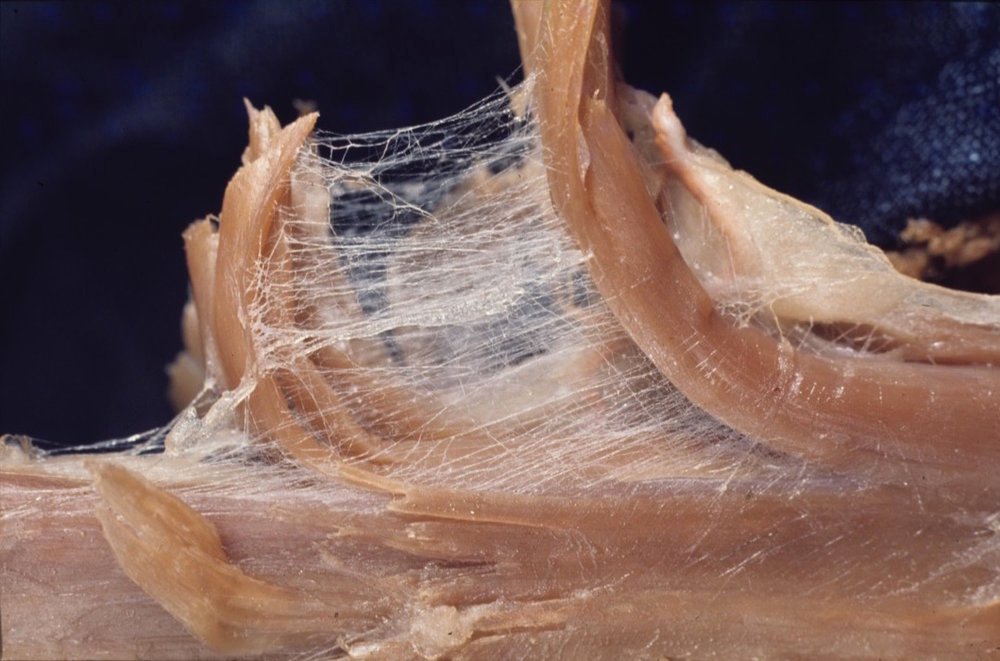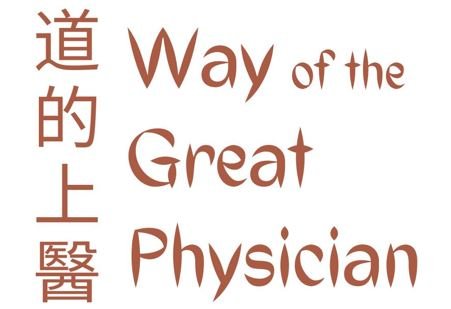The scientific method is held in the highest esteem all over the world. Someone has a question, they create a hypothesis, they test it out, they analyze their results, and they compare their conclusion with their hypothesis. It is a method that can be applied to so many aspects of life. In religion, we are told in James 1:5, that if we lack wisdom, we should ask of God. Have a question, test it out, and come to a conclusion. As the ancient Chinese tested out their theories in order to create their medicine, they asked questions, tested them out, and came to conclusions. Through this process of inquiry, they were able to learn how herbal combinations impact the body, how sensations in the radial pulse communicate and predict internal health problems, and how Qi travels through the body in lines. They followed the scientific method.
Despite that, western scientists have yet been unable to fully explain Chinese medicinal principles, such as the concept of Qi, using scientific western lingo. They have tried, but none are perfect. Because of the imperfections of their explanations and unfamiliarity with concepts that seem foreign to them, western science has generally looked down on eastern medical practices, considering them unscientific and untrue. Thomas Burnett of The National Academy of Sciences touched on this perspective:
“It is one thing to celebrate science for its achievements and remarkable ability to explain a wide variety of phenomena in the natural world. But to claim there is nothing knowable outside the scope of science would be similar to a successful fisherman saying that whatever he can’t catch in his nets does not exist. Once you accept that science is the only source of human knowledge, you have adopted a philosophical position (scientism) that cannot be verified, or falsified, by science itself. It is, in a word, unscientific.”
Thomas Burnett (1)
Scientists have yet to develop a device that can read and understand Qi as the ancient Chinese did. Machines are unable to feel a pulse and identify sensations such as choppy, slippery, or flooded-deficient to allow doctors to interpret their findings and create a diagnosis. But human fingers can. They can be trained to feel such sensations. Science hasn’t figured that out yet. But they are trying. The National Institute of Health’s official database, PubMed, contains over 350,000 studies about Chinese medicine (2). More and more come out each year. With each paper comes more information. More hypotheses tested. More theories are made. Of the scientific discoveries, my current favorite is the Fascial Theory of Qi.
Fascial Theory
Fascia, which is also known as connective tissue, is a layer of mostly collagen fibers that is found under our skin, between muscle fascicles, surrounding organs and bones, and filling the space between cells. Fascia includes cartilage, ligaments, tendons, joints, and fascial sheaths. Fascia touches every part of our body and is all connected to each other through an interweaving web.
Every Thanksgiving, even if I go to someone else’s house for dinner, I enjoy cooking a turkey for myself so that I can have leftovers. When I cook a turkey, I prepare my bird by sliding my hand between the skin and the raw turkey breast so I can stick butter, rosemary, or lemon slices in that space. When I do so, my fingers get caught in the fibers as I try to separate them. Those fibers that stick the skin to the muscle, is fascia (3). And once cooked, the fascia liquifies and we make gravy out of it.

This fascial web going in and around all the structures of your body, has its own communication system separate from the nervous system. If there’s tension in one area of the body, that tension travels through the fascial web and can affect another area. Just as if a fly lands in a spider’s web, the spider can feel it from a great distance through its web. This effect, which is not usually felt consciously, can be thought of as Qi and the pathways Qi travels along. In fact, many of the major fascial pathways align with anciently mapped pathways of Qi. If we stick an acupuncture needle into the body, it goes through the fascia, sending off subtle, yet powerful, signals.
While fascia was identified in 1780 as an anatomical structure to connect different parts of the body, it was not identified as a system, a fascial network, until 1991 (4). Research on this topic has continued to increase exponentially since 1991, and there is much yet to learn. And it will be exciting to read about! As I find new studies or scientific theories of Qi, I will share them here. Stay tuned for future articles!
Sources:
- Burnett T. What is Scientism? Dialogue on Science, Ethics, & Religion. Published May 21, 2012. Accessed July 2023. https://sciencereligiondialogue.org/resources/what-is-scientism/
- As of March 2023.
- Biel A. 6 Short Stories about Connective Tissue: The Ubiquitous Material. Massage & Bodywork. Published May/June 2014.
- Bordoni B, Escher AR, Tobbi F, et al. Fascial Nomenclature: Update 2022. Cureus. 2022;14(6):e25904. Published 2022 Jun 13. doi:10.7759/cureus.25904
Image credit to http://afootabovefitness.com/2017/04/02/does-fascia-even-matter/










